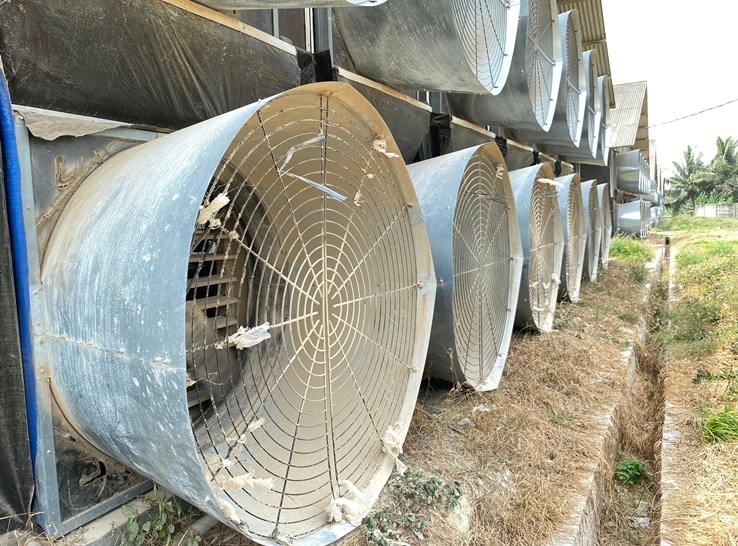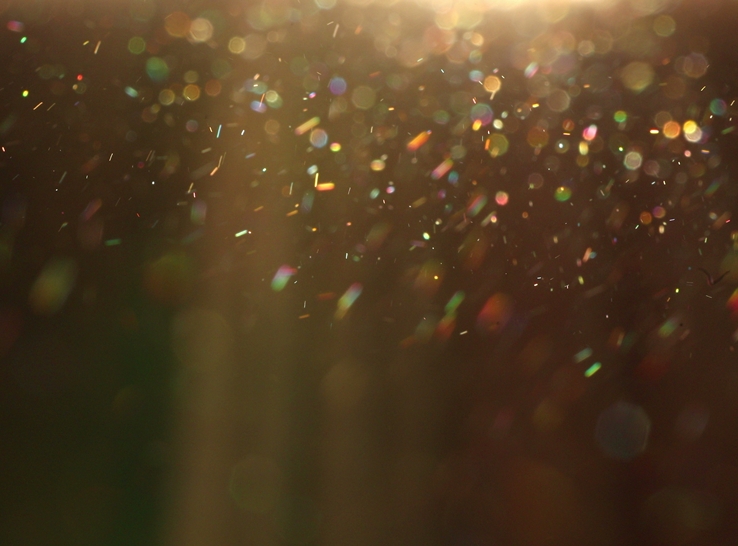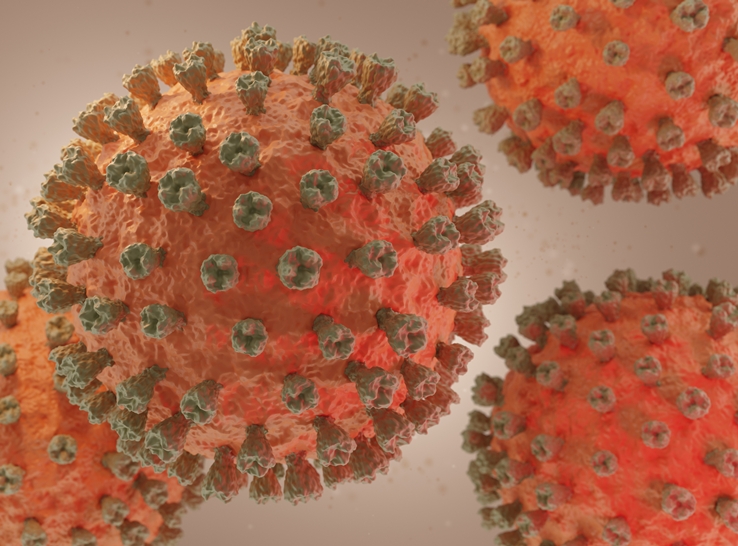Cage-free, egg-layer producers regularly face the challenge of managing high ammonia and dust levels within production houses. Although there are many sources of these pollutants, manure and bedding are the main contributors.
A Purdue University research team led by Ji-Qin Ni, PhD, assistant professor in the agricultural and biological engineering department, sought to investigate artificial turf as a flooring option to address such pollutants.
“Our research question was: What is the effectiveness, and what are the characteristics, of artificial-turf flooring to mitigate ammonia and dust in a cage-free facility?” he said.
Ni presented the study’s results at the May 2025 Dust and Disease in Egg Production virtual forum hosted by Iowa State University. The data showed promise for artificial turf compared to traditional pine shavings.
Study design
The study took place at Purdue University’s Animal Science Research and Education Center, in four identical rooms of 11 meters x 4 meters. In those rooms, air enters from the left side and exits on the right side through two ceiling exhaust fans. The two treatment rooms had 2-centimeter-high artificial-turf flooring, while the two control rooms used 5.1 centimeters of traditional shavings.
Between February 17 and 19, 2020, each room was filled with 735 to 740 laying hens. The birds were depopulated in July, within a day of each other, and researchers collected manure samples.
While the hens were in the rooms, researchers regularly sampled the inside air for ammonia, carbon dioxide and minor gases at three locations, including the exhaust-fan opening. The other two samples were collected at bird height (50 centimeters). For the particulate matter, they set up one sample location inside each room.
Although the study ran for 141 days, Ni reported that low temperatures in February, March and early April, along with the rooms’ corresponding ventilation rates, created statistically significant variations, which “invalidated the data.” “So, we only used the data starting from April 12, when ventilation rates did not show a statistical difference,” he noted.
That left 79 days of valid data for the daily-mean ventilation rate and daily temperature, and 74 days for relative humidity. “We have 95% confidence that the ventilation rate, temperature and humidity for the two treatment groups were very similar,” Ni added.
The results
The data showed that ammonia concentrations trended higher over time in rooms with wood shavings compared to those with artificial-turf flooring. “Most important, the wood shavings had much higher ammonia concentrations overall,” he said.
The same pattern occurred for ammonia emissions. “The differences between wood shavings and artificial turf were very large and statistically significant.”
For particulate matter, the researchers evaluated small particles (<0.5 microns) and large particles (>2.5 microns) and found significant levels of both in the rooms with wood shavings. “For both sizes of particulate matter, the concentrations were very low for artificial turf compared to wood shavings,” Ni reported.
In evaluating manure characteristics, the researchers found that samples taken from artificial-turf flooring had higher total ammonia nitrogen levels. “This means less ammonia was released from the manure and supports our ammonia-emissions findings,” he added. “Also interesting was that the manure pH was much lower than on a traditional wood-shavings floor. So, lower emissions from artificial turf can be related to lower manure pH.”
The bottom line
Considering all the data, Ni and his team concluded that the reductions for artificial turf versus wood shavings break out as follows:
- Ammonia concentration — 51%
- Ammonia emissions — 38.4%
- Small particles (<0.5 microns) concentration — 77.5%
- Large particles (>2.5 microns) concentration — 83.6%
The study showed positive results for artificial turf use in cage-free layer systems for both ammonia and particulate-matter levels. Additional trials in commercial settings would be beneficial to the broader industry, but farms may want to compare artificial turf and wood shavings within their own systems.







